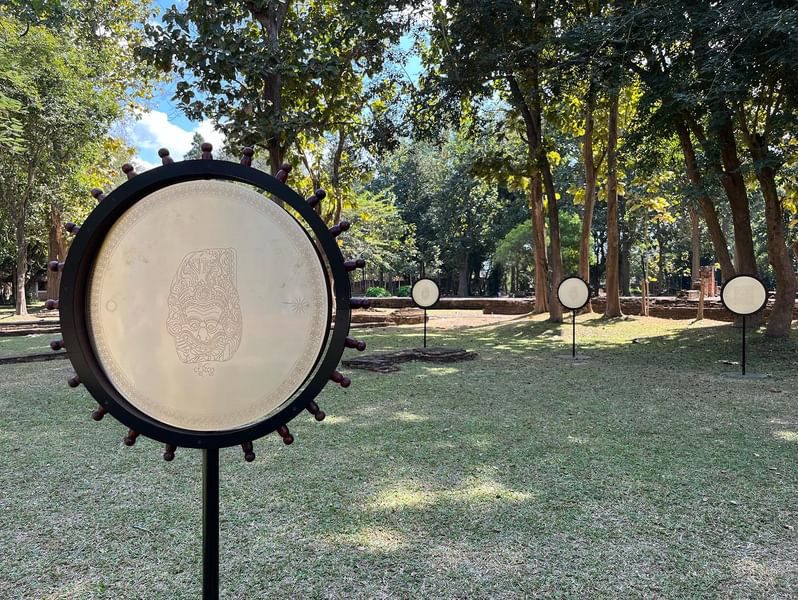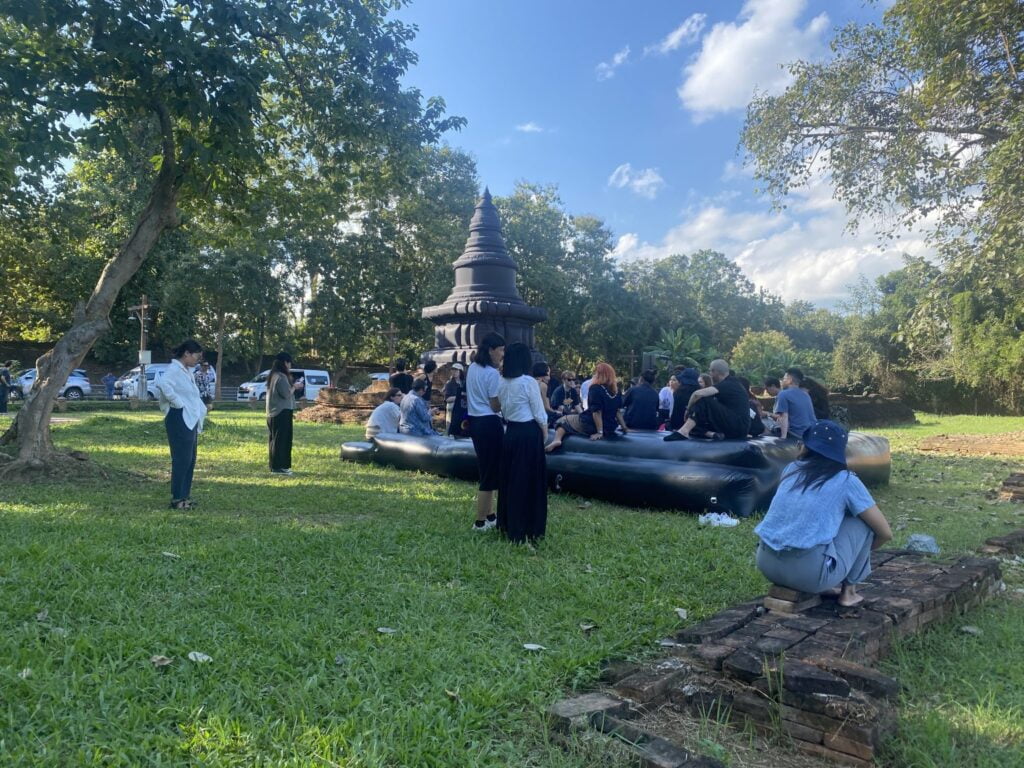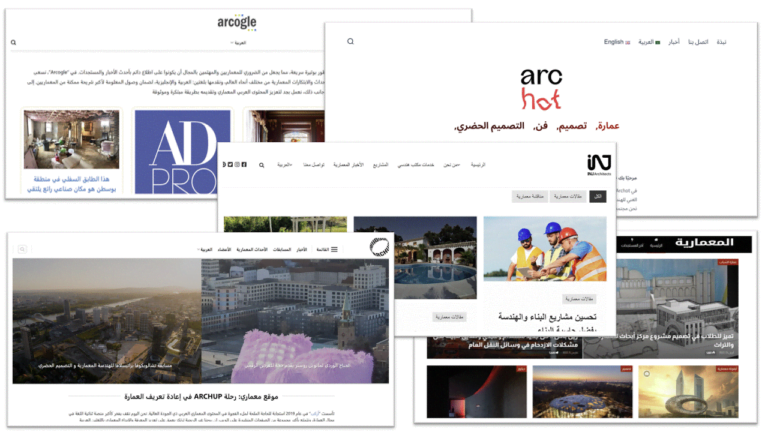THAILAND BIENNALE CHIANG RAI 2023
Open’ up the ‘world’ of micro-histories and stories of everyday people in Chiang Rai at Thailand Biennale Chiang Rai 2023—learn from the past to strive towards an envisioned, better future.
The curtain rose on the Thailand Biennale Chiang Rai 2023, an international art festival, on December 9th, marking the inception of its third edition following successful showcases in Krabi and Korat. Under the thought-provoking theme ‘The Open World’, this installment finds its inspiration in the open-world concept illustrated by a sculpture at Wat Pa Sak Muang in Chiang Saen, situated within Thailand’s Chiang Rai province.
Beyond its representation of wisdom and enlightenment, the sculpture establishes a nuanced link with the contemporary understanding of the open world in the context of video games, where players revel in the liberty to approach and fulfill objectives through diverse avenues. This concept is rooted in the curatorial team’s vision to unveil a multi-dimensional, non-linear exhibition structure that defies the confines of conventional linear storytelling.
The scale of the Thailand Biennale Chiang Rai 2023 is expansive, encompassing both its geographical reach and content that reflects the region’s context. The event extends beyond the city limits of Chiang Rai, featuring primary exhibitions dispersed across various districts. There are over 10 pavilions showcasing the works of more than 60 artists, representing 21 countries.
The pavilions, colloquially referred to as ‘sub-exhibitions,’ take place alongside parallel activities, including studio visits hosted by local artists. Scheduled to run until April 30, the event is the result of collaborative efforts from a team of four Thai curators: Rirkrit Tiravanija, Gridthiya Gaweewong, Angkrit Ajchariyasophon, and Manuporn Luengaram, with the first two being proud natives of Chiang Rai. Given the extensive array of artworks on display, fully appreciating each piece in a single visit may pose a challenge. For those planning to attend, our recommendation is to allocate at least a week for a truly immersive and comprehensive experience.
The origins of the exhibition’s central theme are revealed after embarking on a journey back to the ancient city of Chiang Saen and the Wat Pa Sak Historical Site, where the iconic open-world Buddha statue resides. Artist Chitti Kasemkitvatana meticulously intertwines archaeological elements and the history of Buddhism, the universe, and the physical realm of our world through dedicated artistic research and installation.
In simpler terms, Kasemkitvatana distills the intricate dimensions of Chiang Saen, inviting viewers to explore them through the form of a triumphant drum. Crafted from metal, one side of the drum features a bas-relief of Kala’s face, the ancient creature known for consuming even its own lower jaw—a powerful symbol of ‘time’ devouring everything. On the other side, a mosaic of texts describes the physical world in 12 languages spoken by the ethnic groups residing in Chiang Saen.


‘Baan Noorg Collaborative Arts and Culture’ recounts the tale of Taiyuan, one of the ethnic groups that once inhabited Chiang Saen, and the forced movement 200 years ago that resulted in the scattering of the Taiyuan people throughout the country.
Situated at Ancient Monument No. 16 in Chiang Saen, the work takes the form of a black balloon shaped like a Chedi, reminiscent of something from 3D modeling software. At regular intervals, the fans supplying air to the balloon are set to cease operation, causing the structure to gracefully deflate.
Not too far away, another installation reveals itself as a black rubber raft, inviting viewers to sit and recline. The weight of those on board causes the raft to produce resonant echoes through an internal microphone.
Both temporary installations rely on compressed air for their existence, featuring hollow structures with delicate fabric outer shells. Their perpetual rising and falling symbolizes the enduring cycle of marginalized cultures, preserved through adaptation to the ever-changing environment and the passage of time.
The balloon Chedi and rubber raft, designed in forms speculated to have existed in the area’s past, serve as powerful symbols, embodying the imagined return of Taiyuan to the place they once called home—a poignant narrative existing solely in the realm of imagination.

The identity of Chiang Saen is not solely derived from its past. A piece by Taiwanese artist Hsu Chia-Wei, displayed in the area where the borders of Thailand, Laos, and Myanmar (Burma) converge, explores the complex histories of Chiang Saen, portraying it not only as a city on the opium trade route in the past but also as a thriving port with influences from global capital in the present.
To make the work more digestible for viewers, the artist chooses to digitize the stories and knowledge acquired from the House of Opium Museum, encompassing the broader context of the Golden Triangle. Employing rap music and versatile characters capable of embodying anyone in the narrative, Hsu Chia-Wei crafts an engaging storytelling experience that begins with an attention-grabbing intro: “I am an actor.”
The Wiang Digital Community Center in Tambon Wiang, Chiang Saen, is selected as the exhibition venue. Here, the space undergoes a transformation with red-tinted, laminated mirrors, creating an atmosphere that blurs the line between reality and illusion. The artist alters the screensavers on the center’s computers, replacing them with images of vibrant opium poppies. Additionally, visitors can catch a glimpse of Kings Roman, the influential Chinese-owned casino empire on the Laotian side, from within the building.
On a billboard on the Thai side of the Golden Triangle, Navin Rawanchaikul painted a lively illustration of the residents of Chiang Rai, including the four curators. On the opening day, the artist hosted a screening session of a documentary film about the diverse ethnic groups residing in the area, sparking meaningful discussions about land ownership in the region and the necessity of borders.
All of these events unfold against the backdrop of a bustling local market offering an incredible array of food, snacks, and beverages, attracting people who have journeyed from different locations alongside the local residents and vendors who call the place home. The artwork has created a dynamic platform that welcomes both outsiders and locals, fostering a sense of unity and diversity.






